How Effectively Can Data Analytics Scale Up Your Fashion eStore
Data Analytics has enriched many industries and eCommerce is no exception. Looking at the eCommerce fashion industry analysis, the market keeps constantly shifting, as machine learning and other technologies significantly improve efficiency and retrieve information to transform data into valuable insights.
No one struggles with collecting data, because data is everywhere. The trouble is, that only a few understand how to use gathered information to build a successful strategy and see wanted results. That’s the art of eCommerce- displaying relevant information in the right place, at the right time, that all leads to increased traffic, better conversion and finally, more sales.
What about fashion data analytics? When being surrounded by so much data, no wonder it has become beyond challenging to manage it all and do it well. The below are just a few of many benefits of analytics and BI for Fashion Brands followed by big data analytics tools and techniques.
Data Analytics in Fashion Ecommerce
Data science plays a vital role in the fashion industry and helps retailers stay relevant in a digital world, so does AI for your eCommerce business. Influencing marketing choices and predicting future changes and shifts in fashion belong to a long list of benefits that data analytics brought us to date.
Nahar Geva, CEO of Zik Analytics says that his rel="noopener noreferrer" company helped more than 20,000 eBay sellers in the last year with data-driven solutions and product development. With so many data analytics tools you now need that knowledge of how to interpret that information and implement the discoveries in your strategy.
In a nutshell, data science helps companies respond to the rapid changes on the market that may influence customer expectations with time. Utilising data science keeps businesses on top of their game, but how effective is it for Fashion Retailers?
Scale Up with Data Analytics
Now that we’ve covered what data science actually is, we can move on to a deeper understanding of how to use it. Here are some effective ways of utilising data analytics to grow your fashion brand and emerge results.
Customer Segmentation
A key to a successful eCommerce strategy is knowing what your shoppers really want. Personalisation is nothing new to us, but yet an important factor of enhanced shopping experience. With data science, online retailers can organise their customers based on their demographics, shopping habits and many more.
Having this useful information of when and what shoppers are most likely to buy, retailers can create campaigns and offers that a targeting those specific groups, increasing their ROI massively. Data has introduced us to high level customer segmentation, building trust and enhancing shopping experience.
Cross-Selling and Up-Selling
Data can help us predict what customers really want to see and offer product recommendations they are more likely to purchase, along with the items they’ve already added to rel="noopener noreferrer" their cart. For instance, Amazon’s product recommendation engine drive 35% of cumulative company revenue, according to Forbes.
Generally saying, data science can perform real-time analysis to understand your customer and his/her shopping behaviour to predict their preferences. That way, you can expand the horizons and master a successful strategy of cross or up-selling.
Improved Customer Service
Selling is not the only thing that retailers should worry about. If customers are not happy with your service, they will never come back. Data can be very helpful in improving customer service by monitoring user behaviour and respond to their needs.
From keeping everyone informed about your special offers and enhancing customer experience, to answering all of the queries, data science can help online retailers build and maintain strong relationships with their customers and keep them coming back for more.
Inventory Management
Data science has become particularly beneficial for inventory management, allowing retailers to get insights of products in demand. Ecommerce stores can now manage their stock efficiently and satisfy customer’s needs, way before competition does.
Knowing what products will be in demand give retailers a great opportunity to be prepared for the future search and present trending products in the right place and at the right time. Successful inventory management means less disappointed customers and supplying the products that shoppers are looking for.
Future Plans and Product Development
Thanks to collecting and analysing data, online merchants have a deeper understanding on what future of retail is going to bring us. Apart from previously mentioned forecasting demands and trends, data helps in building successful sales and pricing strategies.
With the possibility to plan better, business can grow their revenue, having enough in stock to fulfil the needs of demanding seasonal shoppers. Deciding on what’s best across channels has never been easier and more efficient with efficient management of several eCommerce operations.
Big Brands Using Data Analytics
After having this in-depth overview of benefits that data science can bring to the fashion industry, let’s go through some relevant examples of the world’s biggest brands that leverage data analytics to build effective strategies.
Ralph Lauren
One of the major luxury fashion brands uses predictive analytics to ensure their new product introductions are spectacular, and most of all- sell. Predictive intelligence is able to analyse customer response to new products introduced to the market, including designs, fabrics and pricing. Once the brand has all of the information, they can efficiently make winning products that sell well.
Miu Miu
Using NextAtlas software, this Italian high fashion brand analyses user behaviour on social media, specifically influencers and their followers. Looking at different elements the brand can identify social trends and shifts on the market. The collected data comes from different channels such as Instagram, Twitter, Tumblr and Pinterest, which introduces a slightly different approach than traditional predictive intelligence.
Debenhams
With retail analytics platform Edited, Debenham’s forecasters have the ability to analyse inventories of different fashion brands in 130 countries. Let’s say that fluorescent flashes have already been foreseen as trending this season. The data gives insights to the brands that has already offered them in their collections and trending colour pallets. You can’t go wrong with in-depth forecasting, can you?!
Data Analytics Tools That Every Brand Should Know
To collect and analyse rel="noopener noreferrer" the above-mentioned data, you need to be introduced to a few tools that will help you effectively plan for the future.
Maker Sights
This product decision engine works with global brands to establish go-to market strategy and product creation. Make Sights rel="noopener noreferrer" empowers brands to stay connected with their customers and make not only faster but also smarter decisions that lead to increased profitability.
Google Trends
The fastest and easiest way to see what’s trending. With Google Trends you can analyse the popularity of any keywords rel="noopener noreferrer" and top queries in Google Search across various regions and languages. The tool is not only free by also able to organise the results by category, location and date.
Edited
Used by 42,00 retail professionals, Edited helps business make better decisions influenced by current market shifts. rel="noopener noreferrer" The tool collects data from different segments and industries across the world that allow retailer to create the right product, sell it at the right price, in the right place and at the right time.
NextAtlas
Offering insights to the data that is not available to all. Using advanced AI, NextAtlas is able to analyse the data of innovators across multiple predict patterns, behavioural shifts and trends to keep retailers way ahead of their competitors.
Takeaway
The constant advancements in data analytics followed by introduction of innovative tools are not showing any signs of slowing down. With so many possibilities to perform better as a fashion brand, starting with access to data that has been yet unseen by the competition. These insights can influence the most important business’ decisions related to new product releases, trends prediction and pricing strategy that is going to be profitable and sell well. To recap, these are some of the greatest benefits that we’ve covered brought by Data Analytics to date:
- Customer Segmentation
- Cross-Selling and Up-Selling
- Improved Customer Service
- Inventory Management
- Future Plans and Product Development
Let us know your thoughts on data analytics in comments!
Subscribe To Us




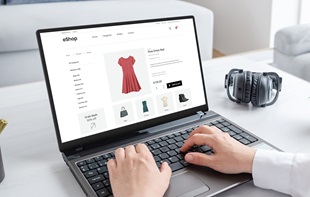


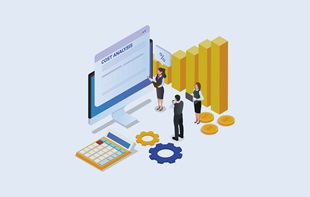
.jpg?mw=310)

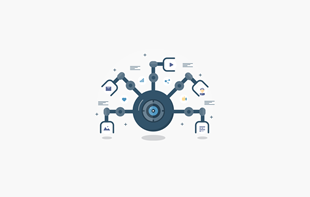

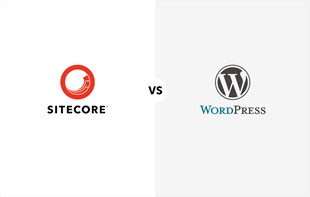


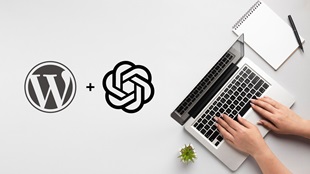

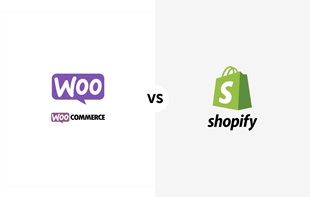





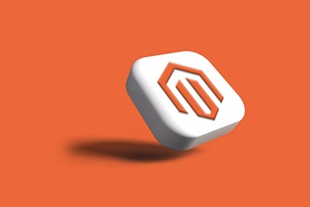
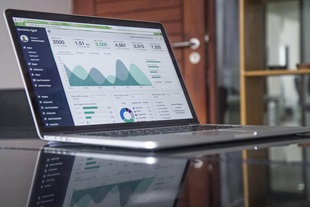








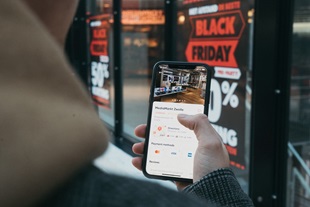
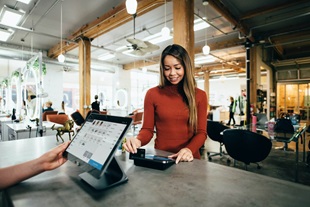



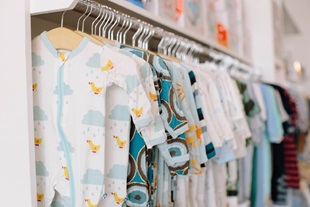










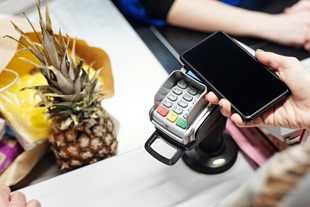









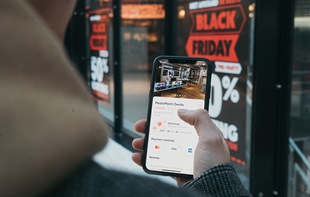




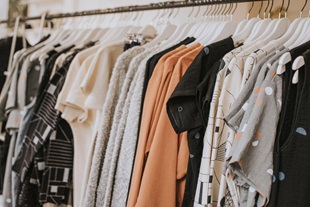


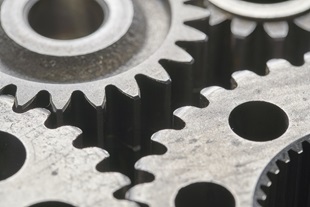



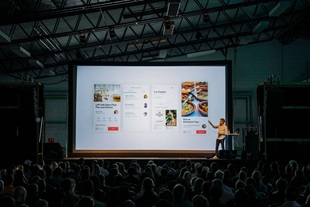
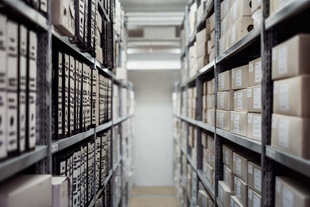

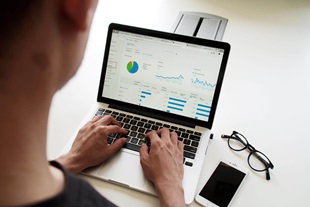

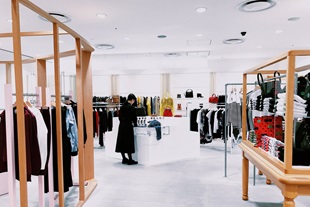


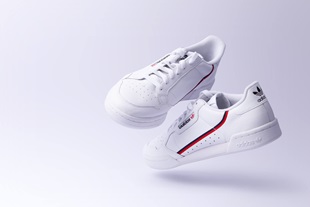







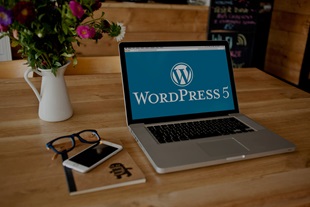


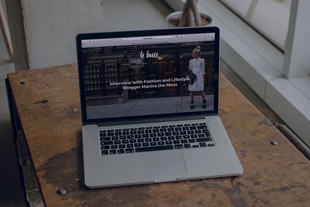
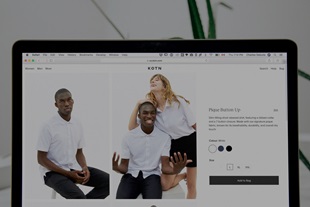
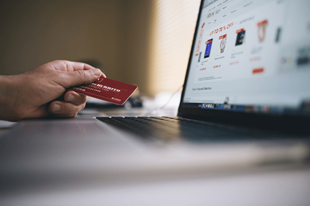


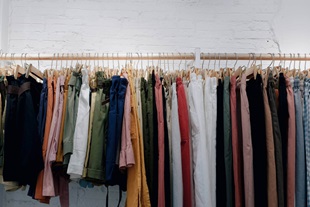
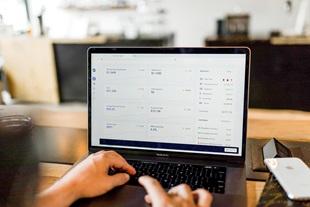
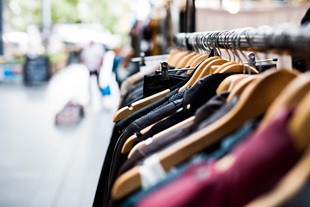
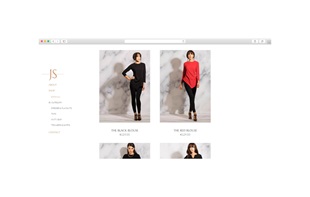
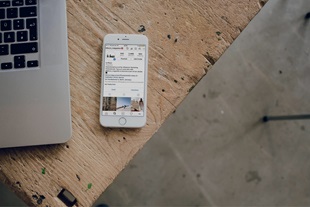



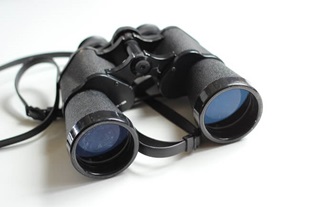
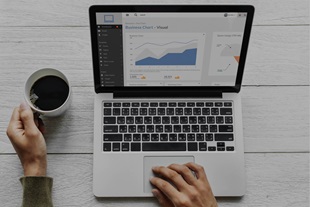





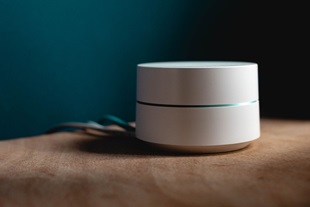

.jpg?mw=310)
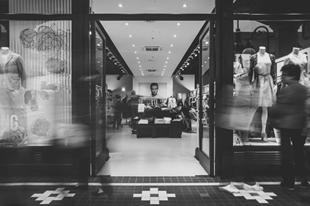




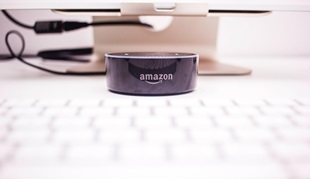











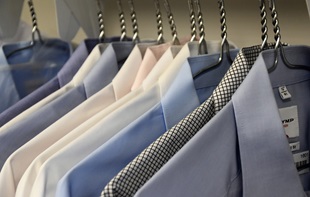




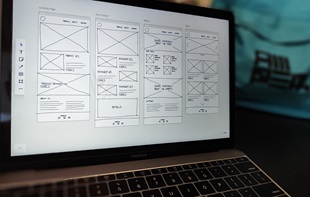
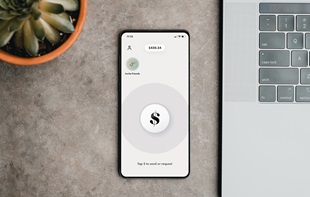



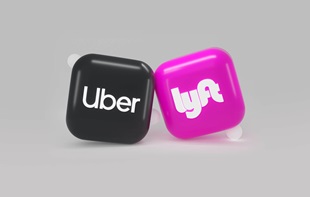







![10 latest trends in digital marketing for beauty brands [Part.2]](/-/media/Appnova/Blog/ScreenShot20151026at1500471940x567/10-latest-trends-in-digital-marketing-for-beauty-brands-Part-2.jpg?mw=310)
![10 latest trends in beauty web design and digital marketing [Part.1]](/-/media/Appnova/BannerImages/18376519151_bbeaa6dafc_b-1/trends-in-beauty-web-design-and-digital-marketing/10-latest-trends-in-beauty-web-design-and-digital-marketing-Part1.jpg?mw=310)
![From story-telling to story-showing: What makes a lifestyle eCommerce? [Part.2]](/-/media/Appnova/BannerImages/ScreenShot20150929at143416/From-story-telling-to-story-showing-What-makes-a-lifestyle-eCommerce-Part-2.jpg?mw=310)
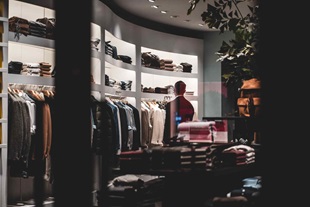




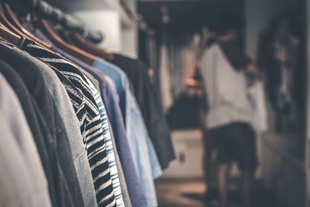


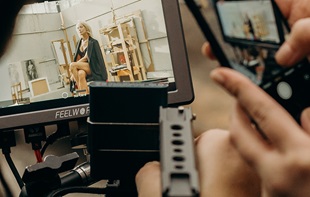






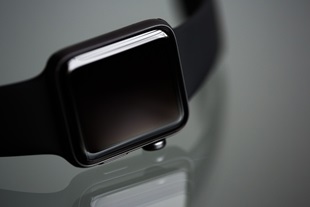

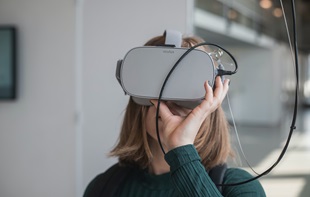
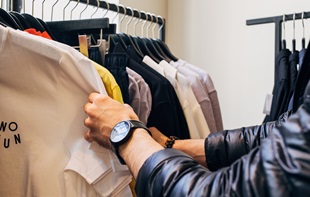
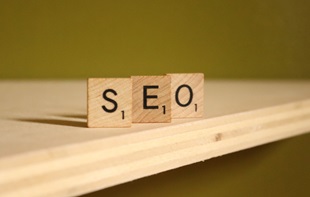
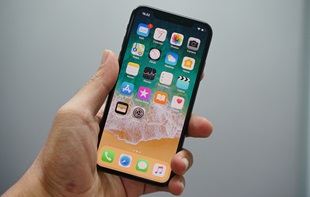
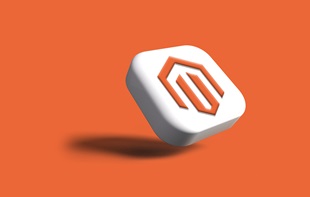
![The generation of me, myself and I – Me-commerce will remain strong. [Infographic]](/-/media/Appnova/BannerImages/mecommerce-cover/mecommerce-cover/The-generation-of-me-myself-and-I--Mecommerce-will-remain-strong.jpg?mw=310)

![A Whole New E-commerce World – Alibaba and the forty others [Infographic]](/-/media/Appnova/BannerImages/camel/camel/A-Whole-New-E-commerce-World-Alibaba-and-the-forty-others.jpg?mw=310)




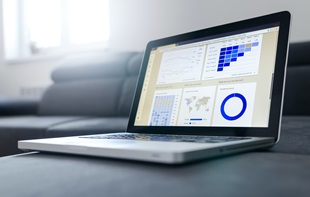





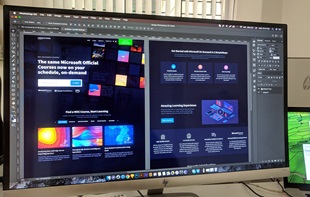
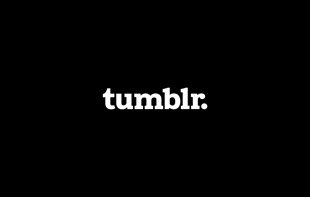


.jpg?mw=310)

0.Comments